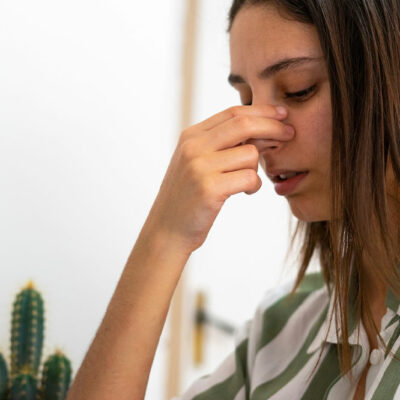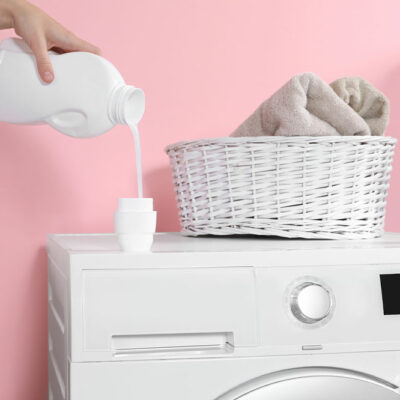5 shopping mistakes to avoid when trying to be more eco-friendly

With the call for sustainability growing louder, it’s essential to acknowledge the impact of our choices in day-to-day life. Individuals can take several steps to become more eco-friendly. A good starting point is buying products that are good for the environment and those living in it. However, people just starting their journey toward sustainability tend to make mistakes. So, one should avoid these five most common shopping errors when trying to become eco-friendly:
Buying just because it’s eco-friendly
One of the biggest mistakes people make when trying to become an eco-friendly shopper is spending money on something only because it’s labeled “green” or “sustainable.” If someone already has a product similar to what they are about to buy, they should stop and re-examine their decision. Getting a similar product means the individual will have two of the same thing, so one will be unused or wasted.
Experts say the best way to be sustainable is to use what one already has till it has completely worn out or become ready to be recycled, composted, or given away for a second life. Individuals should check with themselves if they really need to spend more money or resources on buying anything. Sure, the new product may be eco-friendly, but it does not make sense to throw away the older one if it still does the job. The older product may unnecessarily end up in a landfill and harm the planet. One may not believe it, but these small choices matter a lot!
Thinking everything can be recycled
Recycling is a superb choice. Many people know what can be recycled and what cannot. They even know how to divide their trash into different categories and ensure waste segregation is done well. However, those just starting their sustainability journey may miss the signs that tell if something is recyclable. Such individuals must pay close attention to the labels when shopping. One should always look for the tiny icons on products that tell whether they are safe for the environment and can be recycled. Trying to recycle something that cannot be recycled can harm the planet.
Some used products work well for the environment if turned into compost. Composting is a great way to avoid throwing food in the bin and instead turn it into nutrient-rich soil for the garden. However, composting has some dos and don’ts, which, when not followed correctly, can create issues like smelling of the compost or pests and insects in the compost. The compost also needs to be dry enough. It should always have a good ratio of wet and dry food to decompose nicely and turn into soil rather than mulch.
Besides reading the labels, one should learn how the product needs to be segregated. Let’s take the example of a pizza box. This box may look like it’s made of paper, but it has a thin plastic lining to stop the grease from soaking the cardboard. Not checking the packaging can cause one to segregate the waste wrongly for recycling.
Carrying plastic bags
Imagine buying an eco-friendly product and then donning it in a plastic bag. It defeats the whole movement, doesn’t it? One should be mindful of these tiny things when heading to the store. While plastic bags were a great solution decades ago, they have become a big problem today that needs to be curbed.
Keeping eco-friendly bags ready when stepping out of the house is vital for sustainability. Individuals can choose from several eco-friendly bags, like cloth tote bags. These bags can easily be folded and carried around for shopping, not just for clothes but even for groceries. Moreover, if someone is out shopping and decides to get a coffee, why use the cup with the plastic lid and straw for a quick drink? Carrying one’s own coffee sipper is more sustainable. Such tiny adjustments in everyday life can effectively help cut down so much excess waste!
Going green in one go
This is an easy shopping mistake to make when starting the sustainability journey. People often think they have to start fresh and start replacing all the plastic in the house with something more sustainable, like glass or steel. Some will even start throwing out products with chemicals and opt for “green” labels instead. In this process, they don’t understand that throwing these products out only leads to a bigger landfill.
Just because one keeps groceries in glass jars and replaces plastic cups with reusable cups and sippers doesn’t mean they make the planet greener. This mindless cleaning and shopping spree does more harm than good. One should use all the existing products in their house till they have completely worn out before buying anything new.
Buying too much
Minimalism is also a part of living a sustainable life. One should only buy what one needs daily and be mindful of purchases and other expenses. A sustainable life urges people to slow down and make choices that are not only helpful to the planet and the environment but also to themselves and those around them. It promotes the idea of mindful living, which involves a different approach to living.
Taking small steps toward an eco-friendly lifestyle is better than taking a giant leap and finding oneself in deep waters. Individuals should educate themselves first and take one tiny step at a time for better results.
















